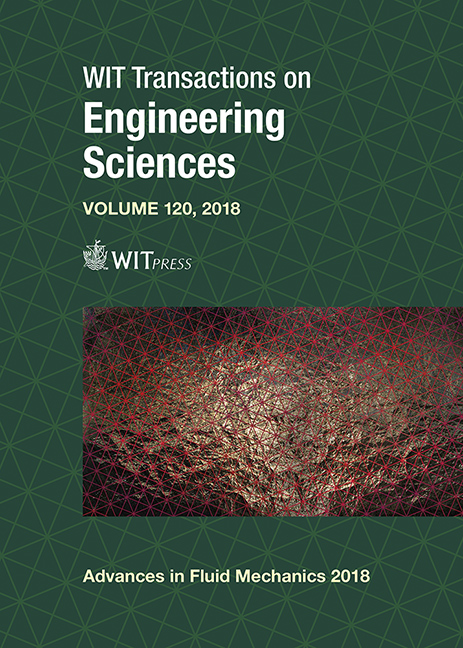RBF-FD BASED DYNAMIC THERMAL RATING OF OVERHEAD POWER LINES
Price
Free (open access)
Transaction
Volume
120
Pages
8
Page Range
255 - 262
Published
2018
Size
348 kb
Paper DOI
10.2495/AFM180261
Copyright
WIT Press
Author(s)
GREGOR KOSEC, JURE SLAK
Abstract
The essential limiting factor of the power transmission line transfer capabilities is the maximal allowed temperature of the conductor that should not be exceeded to avoid excessive sags. A commonly used conservative approach is to limit transfer capability to the worst case scenarios, i.e. hot, sunny, windless days. Of course, system operators strive to raise the limit with more sophisticated models that take into account actual weather conditions or even weather forecasts. As a consequence, there has been substantial research done on Dynamic Thermal Rating (DTR) models in the last few decades. Based on accumulated knowledge the leading standards in the field published guidelines for thermal rating for operative use. However, the proposed models rely only on empirical relations for determination of the temperature gradient on the surface of the conductor that dictates the heat flux due to the advection. This heat flux is the most intense cooling mechanism in play, and also the most complex to model. In this paper, we extend the discussion about advective cooling with a direct simulation of temperature and velocity fields near the conductor with the focus on the natural convection regime. The introduced model considers joule heat generation and heat transport within the power line and its vicinity, fluid flow driven by buoyancy force, solar heating, and radiation. The solution procedure uses RBF-FD numerical method combined with Poisson disk sampling nodal positioning algorithm. The results of the simulation are presented in terms of temperature and velocity magnitude contour plots, convergence analyses, and comparison of convective heat losses of simulated results to IEC, IEEE and CIGRE standards.
Keywords
overhead power line, DTR, meshless, natural convection





